
News

27.02.2024 11:54
Speaking to the Harput Newspaper, Assoc. Prof. Dr. Esra Pamukçu said:
Statistics is a Science as Old as Humanity
Assoc. Prof. Dr. Esra Pamukçu, a faculty member in the Department of Statistics at Fırat University's Faculty of Science, whose views on artificial intelligence and statistics were discussed, said: "Artificial intelligence is a scientific method created by the combination of various disciplines, or, more subjectively, a technique created by the combination of computer science and statistics, and used in various fields."
The details of our interview with Pamukçu, who spoke to our newspaper (Harput Newspaper) about many important topics, particularly the connection between statistics and artificial intelligence, are as follows:
1- You have been working on the analysis of big data for a long time. Artificial intelligence applications can also be used in this field. Could you tell us about the connection between statistics and artificial intelligence?
In essence, beyond statistics being a branch of science, we frequently use and hear the word statistics and related terms such as data and prediction in daily life. We encounter news reports about inflation data released every month, the central bank's year-end inflation forecast, and the determination of hunger and poverty lines for a family of four based on statistics. Furthermore, in our daily lives, when we set out to travel from one place to another, we are actually using statistics when we make inferences based on the length of the route, traffic conditions, or even past experiences, and decide, "Leaving home 30 minutes early would be sufficient," based on our arrival time. When we talk about statistics, we are talking about a science that has been a part of life almost since the dawn of humanity, through events such as tracking the seasons and observing and recording the past to make predictions about the future. Certain methods were needed to increase this recorded data and uncover the hidden information and connections within it. As a result of the development of computers and advances in data science, we observe that statistics, which began to be used in the 18th century, has developed significantly since the early 20th century.
Ultimately, every science develops to meet humanity's need to solve a problem encountered in nature. Artificial Intelligence emerged and continues to develop rapidly, driven by the need to uncover the hidden information more quickly, more effectively, and more usefully, especially after the data collected on any given topic has reached very large volumes. The algorithms used to process data, known as the black box of Artificial Intelligence, are essentially purely statistical techniques and statistical mathematics.
2- How has the development of data science and the functioning of artificial intelligence been over time?
I'd like to answer this question by sharing information I recently read. It's estimated that 90% of the world's data was created in the last two years. With the increasing use of mobile phones, almost any data can be collected through apps, from people's social media usage to their shopping preferences, through the permissions granted. Again, with these permissions, you can sometimes see a sponsored ad for a need expressed only verbally, the moment you open social media. In fact, behind all this lies a massive data processing system. In scientific terms, data science, especially after the completion of the Human Genome Project, has seen astonishing advances in healthcare, particularly following the immense number of genes studied on patients and healthy tissues. Similarly, in engineering, the need to process images or signals to convert them into data requires very high-dimensional data. So, what does this very high-dimensional data mean to us? For example, let's imagine a highly specialized team conducting research on liver cancer. Because it's a rare disease, the maximum number of patients that can be reached within a certain period is 30. Let's also consider 30 healthy individuals. Genes are analyzed on the same tissue in both patients and healthy individuals. This will yield at least thousands of gene data points. When our experts complete their work, they will have thousands of gene data points from just 60 individuals. Determining which of these genes causes cancer will only be possible through data science. Unless data science can uncover the hidden information within this data, it will be impossible for these experts to draw any conclusions from their work.
Because the data is so high-dimensional and classical statistical methods are not designed to analyze this type of data, I, myself, have contributed to the literature on this subject and have written articles and theses on the subject. I would like to emphasize that new statistical techniques are being developed initially, and existing techniques are being updated to make them work with this type of data. The use of intelligent systems such as artificial intelligence (AI) is also a powerful alternative in this field.
Data science is a very popular and sought-after field that has become a favorite in academia in recent years. We have also recently seen the opening of departments such as Artificial Intelligence and Data Engineering, and Artificial Intelligence and Big Data Engineering at some universities.
3- How has Artificial Intelligence Impacted Statistics?
Artificial intelligence is a scientific method created by the convergence of various disciplines, or more subjectively, a technique developed by the convergence of computer science and statistics, used in different fields. From this perspective, it is impossible to separate the two branches of science or claim that one is superior to the other, and this is contrary to the scientific approach. Because science necessitates interdisciplinary interaction. It's important to note that statistics is crucial for the development of artificial intelligence algorithms.
4- As an associate professor of statistics, what advice do you have for statisticians regarding the field of artificial intelligence?
There are many areas where statisticians can contribute. First and foremost, a good command of English is essential. You can only obtain information to a certain extent from sources written in Turkish. Keeping up with current algorithms in the field of artificial intelligence is crucial. Therefore, a level of English sufficient to read and understand global literature is essential. To become an AI user, it's necessary to master certain programming languages and know algorithms appropriate for the data. To do this, they need to learn programming languages like Python or Matlab, which are among the most popular. After this stage, they can participate in online courses offering paid or free AI training. For example, they can find courses in both English and Turkish on platforms like Udemy or YouTube. When they run artificial intelligence algorithms only through software programs, they apply them to data, but more importantly, when they understand the mathematical and statistical logic of the algorithms, they can also improve them.
Other News

Assoc. Prof. Dr. Gökhan GÖKDERE has been ...
03.11.2025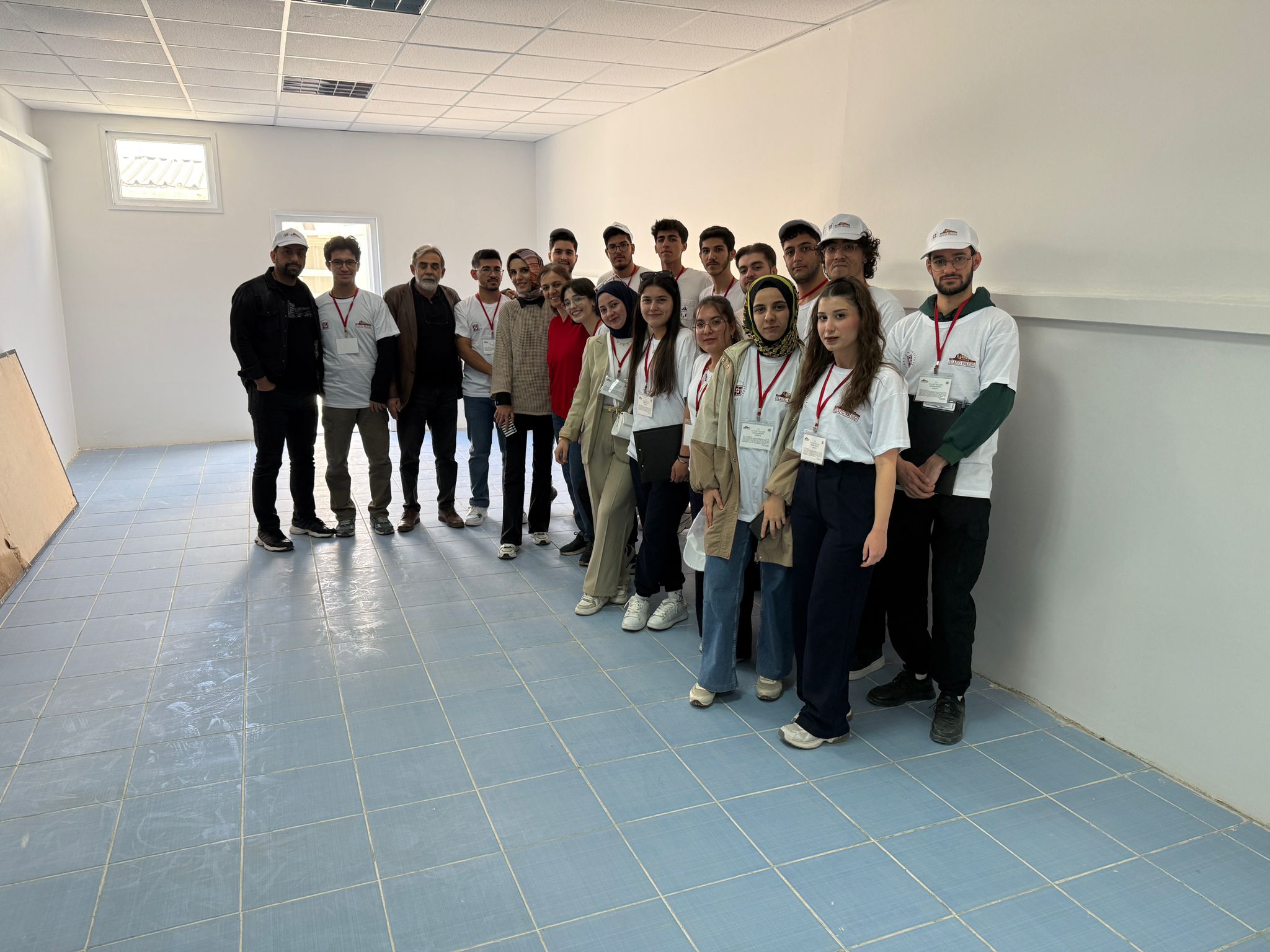
A Cooperation Protocol has been ...
31.10.2025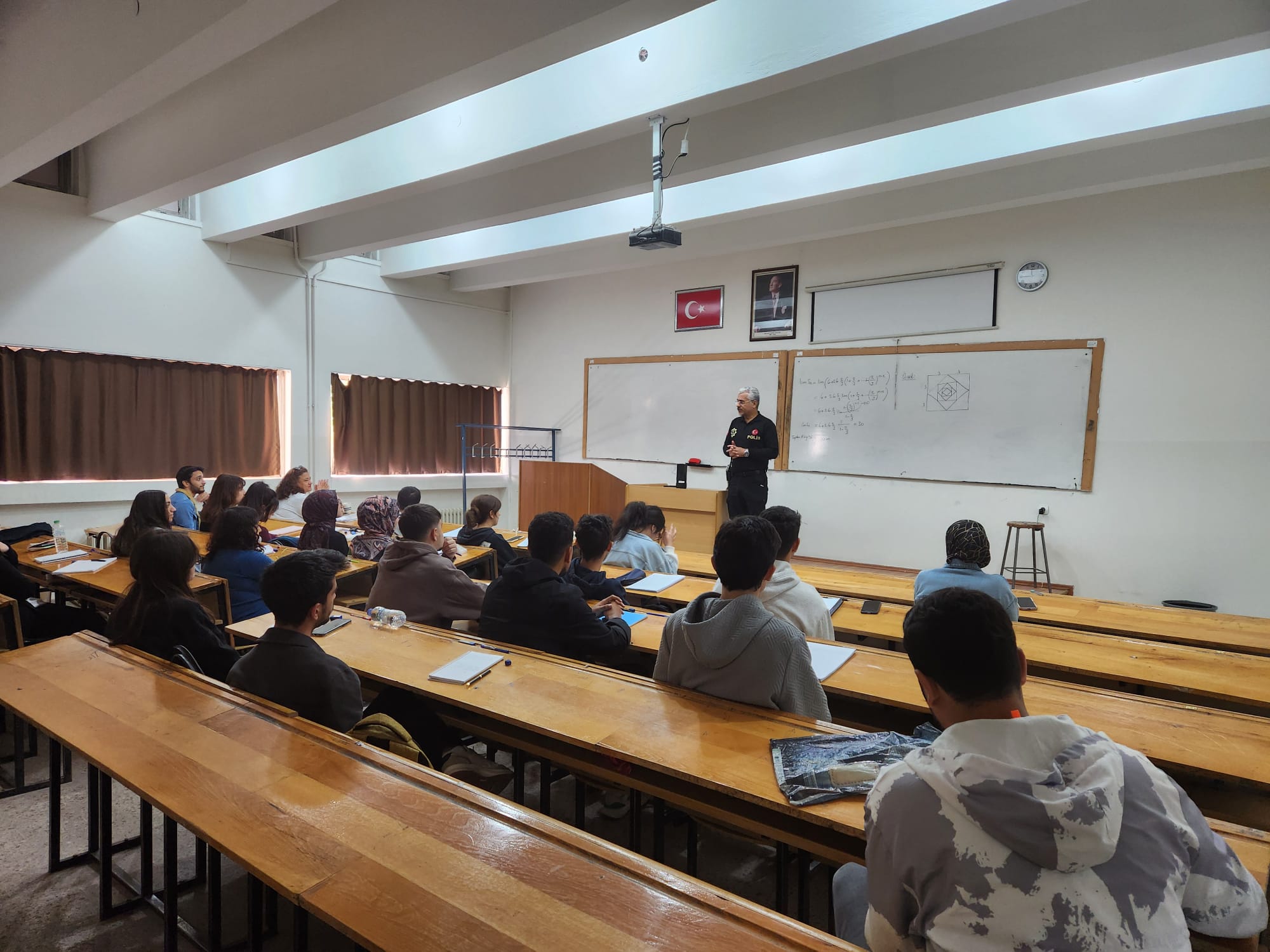
Fight Against Drugs and Awareness ...
21.10.2025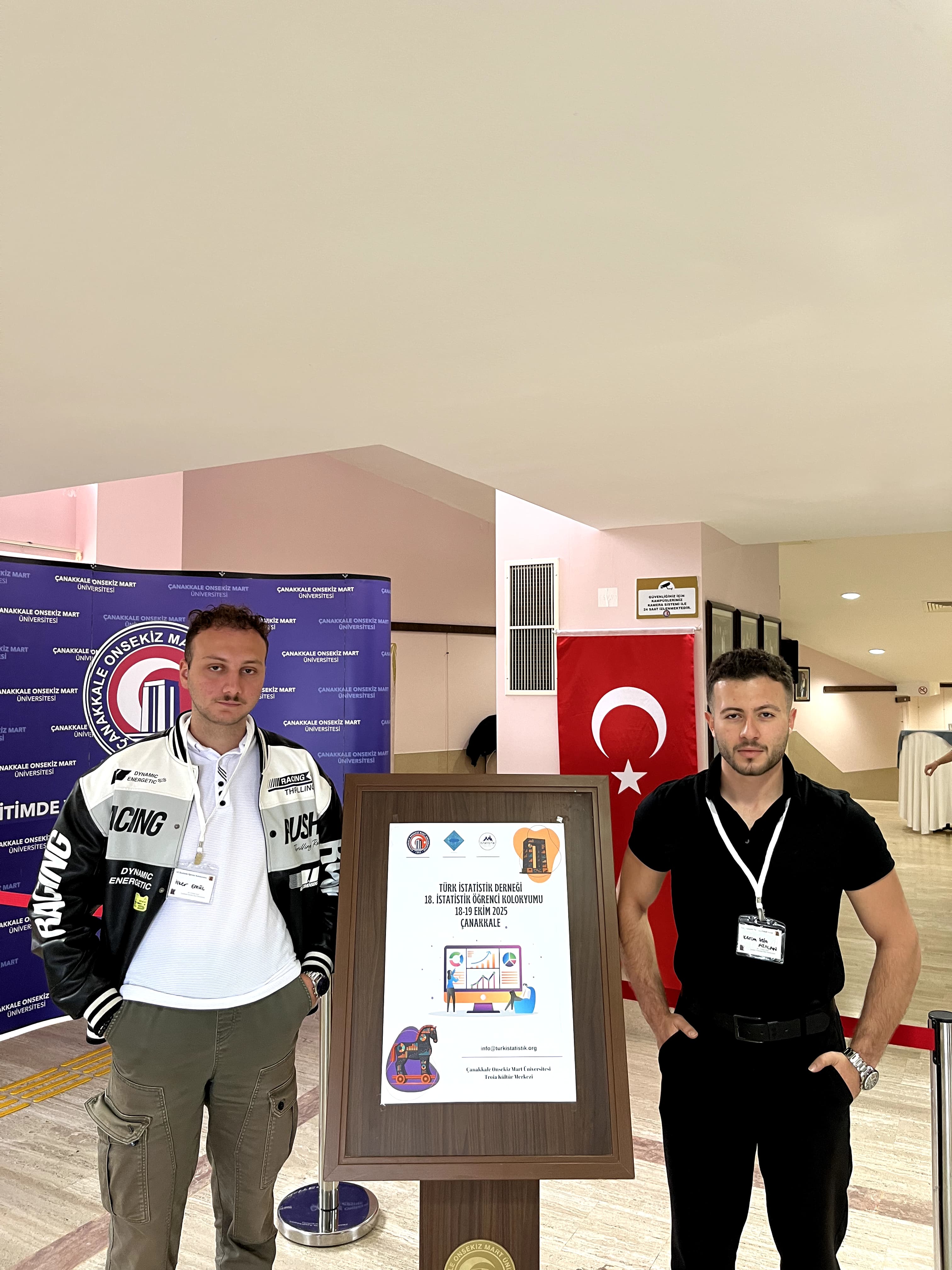
Statistics Department Students ...
20.10.2025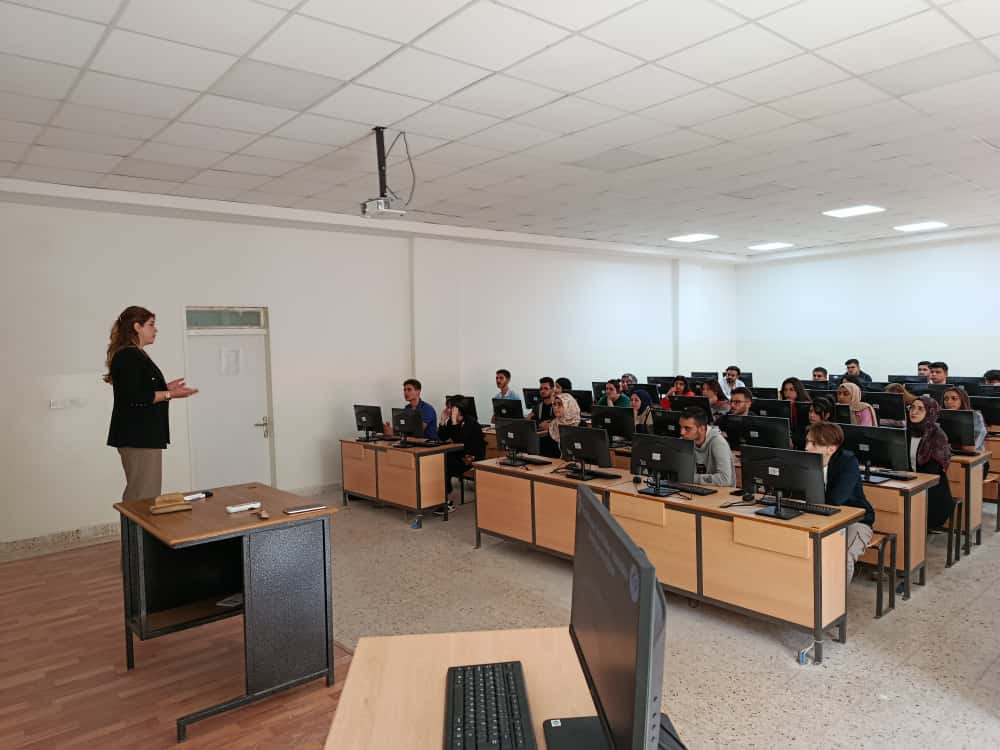
An Orientation Meeting Was Held for ...
25.09.2025
Great Success from Fırat University ...
18.09.2025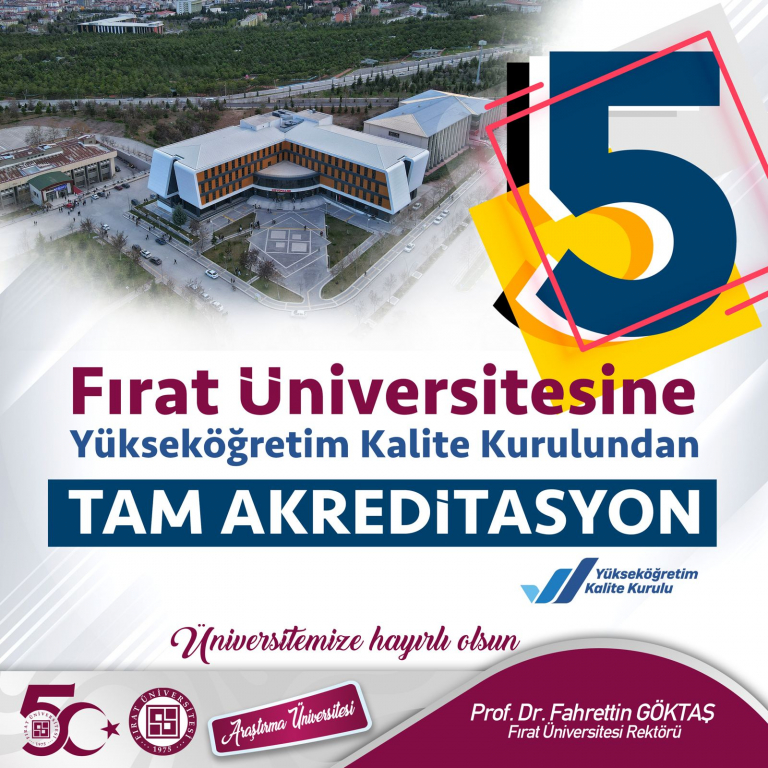
Full Accreditation from Yökak to Our ...
28.07.2025
A cooperation protocol was signed ...
21.07.2025